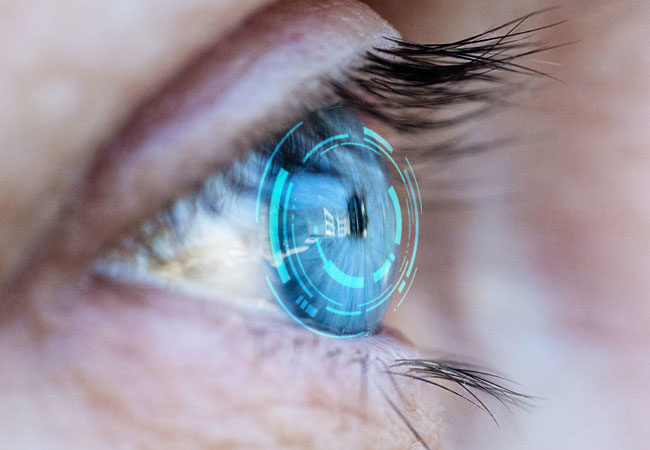At some point we are going to have to say no to some of this smartifying. At this rate it’s only a matter of time till we have smart food telling us the acidity levels in our stomachs. But even that would improve our lives and so we would adopt it. Anyway…
Bad eyesight and spectacles
They say only about 35% of adults have 6/6 (20/20) vision without some help. The other 65% need spectacles, contact lenses or surgery to achieve 20/20 vision. Even then, some can never attain 20/20 vision i.e. normal/perfect vision.
Doctors do their magic and prescribe glasses to help those that need corrective measures.
Like with all things, people like to express themselves even through spectacle frames. So the fashion industry came in with unique/fun designs for spectacles, both for prescription glasses and otherwise.
Then after the fashionistas were done, the techies came and tried to techify those glasses. We all remember the Google Glasses that tried to put the internet right on the glasses. Some other companies have tried to eke out even more utility from the glasses that most of us have to wear in any case.
The latest entry into this space are the Facebook/ Ray Ban glasses which allow wearers to record and share images and short videos, listen to music, and take calls.
Contact lenses
If you need em, you need em. Since you already have them, can we not fit some component circuitry in there? Yes, we can.
Various companies have been doing just that but none are yet to go to market. In comes InWith who hope they will be launching this very year. To top it off, they are also the first to make soft smart contact lenses.
Apparently soft contact lenses are more popular than the hard lenses that everyone else has been working on. So, InWith’s soft smart contact lenses have a better chance of blowing up.
Why would one want smart contact lenses?
InWith says augmented vision is one benefit. They can display “real-time information about the world around you.” Says their CEO,
“You’ll be able to see things such as, What is the speed limit on this road? What direction am I heading? Where is the next exit and how many miles away?”
InWith CEO, Michael Hayes
The other benefit is that the smart lenses also provide ‘tunable vision’.
Some people were multifocals, i.e. glasses that contain two or more prescriptions for correcting vision at all distances because their eyes no longer focus like they should.
By saying the smart contact lenses have tunable vision, they mean that they can adjust to real life situations and so work like multifocals do.
On the hard contact lenses side, companies like Mojo Vision are looking to use them to display fitness readouts. Removing the need to check the smartwatch or fitness band as the pertinent information that people need when exercising, like the heart beat rate, is displayed right in front of them. We’ll see if InWith also incorporates this in their soft smart contact lenses.
Would you wear smart contact lenses?
All these advancements sound good but if everyday people like you and me find it a bit too much, the tech will have to be shelved till we’re ready. Would you don these as you go on your 2000km walks? Making sure you don’t get lost or overdo the workout, the lenses would overlay the info in the world around you.
I’ve always felt augmented reality is more palatable to most, including myself. It does not try to create a new virtual world for you to inhabit. Rather, it adds (augments) the reality you know with some useful information.
If you have seen the heads up display in modern cars, especially the Benzos, you know how navigating unfamiliar roads can become a breeze. With augmented reality, it appears as if there are arrows in the road directing you in the right way to go. It’s fascinating.
And now you can have something similar right in your eyeball. Whether you need prescription glasses or not. We’re going to be cyborgs when these techies are done with us.-techzim

